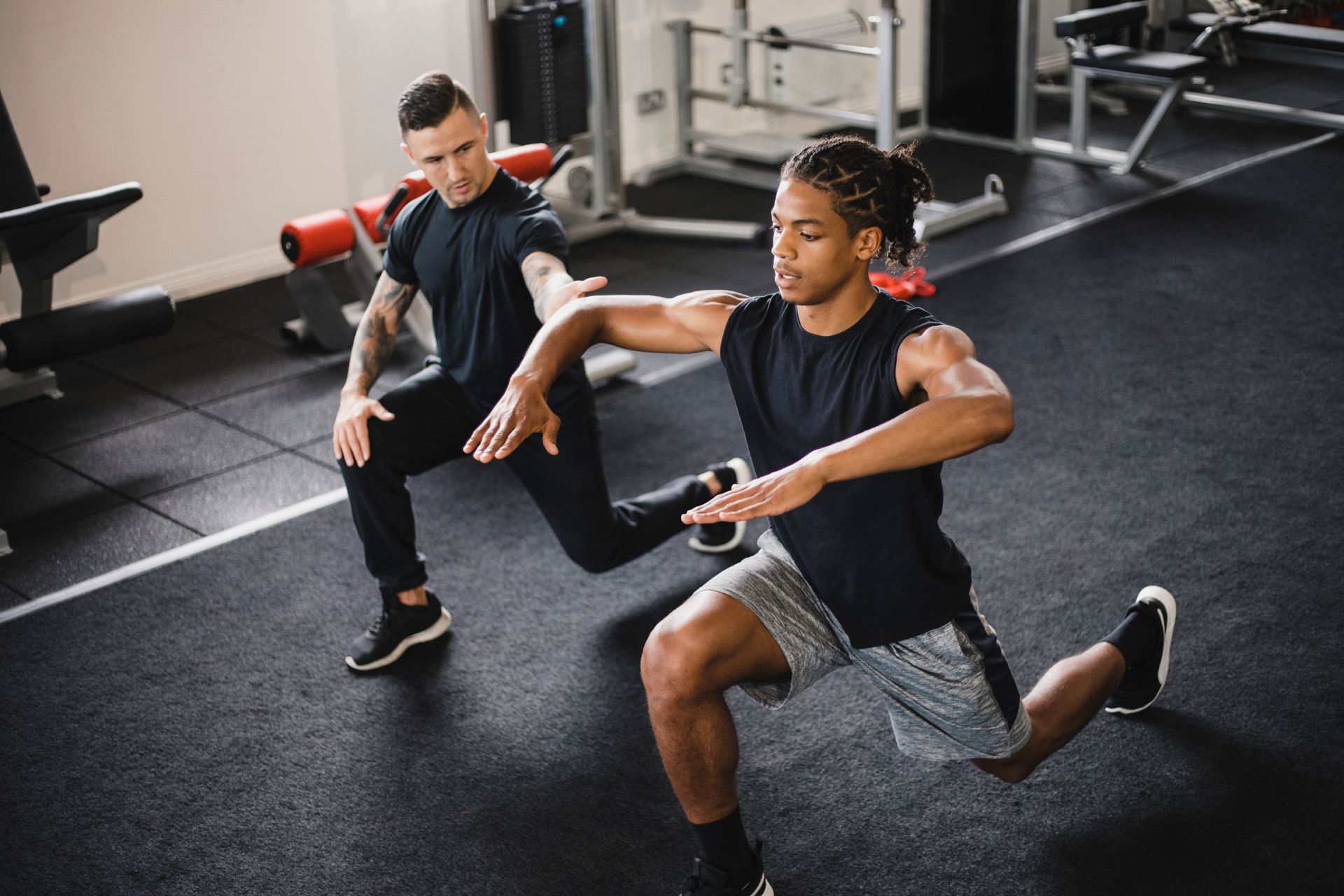Frequently Asked Questions
For beginners looking to enhance shoulder stability and strength through isometric shoulder external rotation exercises, several effective options can be incorporated into their routine. One of the most accessible exercises is the isometric external rotation at 90 degrees, where the individual stands with their elbow bent at a right angle, pressing against a wall or resistance band to engage the rotator cuff muscles without joint movement. Another beneficial exercise is the sidelying external rotation, performed by lying on one side with the elbow tucked into the body and the forearm perpendicular to the ground, allowing for isometric contraction against gravity. Additionally, the standing external rotation with a resistance band provides a dynamic way to build strength while maintaining proper shoulder alignment. These exercises not only target the infraspinatus and teres minor muscles but also promote overall shoulder health, improve posture, and reduce the risk of injury, making them ideal for beginners focusing on functional fitness and rehabilitation.
To modify isometric shoulder external rotation exercises for individuals with shoulder injuries, it is essential to prioritize pain-free range of motion and stability while minimizing strain on the rotator cuff and surrounding musculature. Utilizing a resistance band or light weights, the individual can perform the exercise in a seated or standing position with the elbow flexed at 90 degrees, ensuring the shoulder remains in a neutral position to avoid exacerbating any impingement or inflammation. Gradually increasing the duration of the isometric hold, starting with 5-10 seconds and progressing to 15-30 seconds, can enhance muscular endurance without overloading the joint. Incorporating scapular stabilization techniques, such as maintaining a retracted scapula during the exercise, can further support shoulder mechanics and promote proper alignment. Additionally, integrating gentle dynamic warm-up movements and post-exercise stretching can facilitate blood flow and enhance recovery, ultimately contributing to a safer rehabilitation process for those recovering from shoulder injuries.
To perform effective isometric shoulder external rotation exercises, an individual requires specific equipment that enhances stability and resistance while ensuring proper biomechanics. A resistance band or a cable machine is essential for providing adjustable tension, allowing for controlled muscle engagement during the isometric contraction. Additionally, a sturdy wall or door frame can serve as an anchor point for the resistance band, facilitating the correct positioning of the shoulder joint. A yoga mat or exercise mat may be beneficial for comfort and support during floor-based variations of the exercise. Furthermore, a set of dumbbells can be utilized for added resistance in advanced variations, promoting muscle hypertrophy and strength development in the rotator cuff and deltoid muscles. Proper footwear, such as cross-training shoes, can also contribute to overall stability and balance during the execution of these exercises, ensuring that the individual maintains proper posture and alignment throughout the movement.
For optimal results in isometric shoulder external rotation exercises, it is generally recommended to perform these movements two to three times per week, allowing for adequate recovery and muscle adaptation. This frequency enables the rotator cuff muscles, particularly the infraspinatus and teres minor, to strengthen effectively while minimizing the risk of overuse injuries. Each session should ideally include multiple sets of sustained contractions, lasting around 10 to 15 seconds, with rest intervals of 30 to 60 seconds between sets. Incorporating variations in positioning, such as performing the exercises in different degrees of shoulder abduction, can enhance neuromuscular activation and promote functional stability. Additionally, maintaining proper form and alignment during these isometric holds is crucial for maximizing the benefits and ensuring the integrity of the shoulder joint throughout the rehabilitation or strength training process.
When performing isometric shoulder external rotation exercises, individuals often make several common mistakes that can hinder effectiveness and increase the risk of injury. One prevalent error is failing to maintain proper scapular stabilization, which can lead to compensatory movements and strain on the rotator cuff muscles. Additionally, neglecting to engage the core can result in poor posture and misalignment, further compromising the shoulder joint's integrity. Another mistake is using excessive resistance, which may cause overexertion and diminish the benefits of the isometric contraction. Furthermore, individuals may overlook the importance of controlled breathing, leading to increased tension and reduced muscle activation. Lastly, not allowing adequate recovery time between sessions can impede muscle adaptation and increase the likelihood of overuse injuries. By avoiding these pitfalls, practitioners can enhance their performance and ensure a safer, more effective training regimen focused on shoulder stability and strength.

